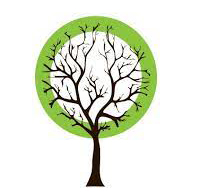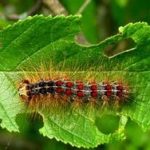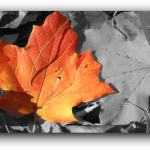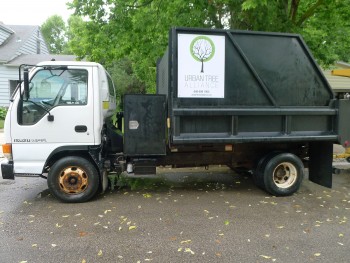Last week the New York Times ran a series of three articles on the hazards of trees in the Big Apple. Having worked as an arborist for the New York City parks department and now advising homeowners and municipalities on the health and stability of their trees in Madison, WI, I though it appropriate to comment on the articles.
The thought of falling limbs can be terrifying and the authors of these articles capitalize on this fear, depicting graphically the circumstances under which several New Yorkers have been injured in preceding years. While these events are horrific and tragic, I question whether the sensational depiction of the “crack” of a falling limb really addresses the policy behind urban tree management, or simply breeds fear.
These articles bring up a couple of important topics that should be considered by municipal foresters and private property owners alike:
1: Regular inspection of trees by trained arborists is essential to mitigating potential hazards. New York City, like Madison, WI, bases their public tree management completely on customer requests. If you feel that your street tree is a hazard, you need to contact the city. If there is a tree on your property that you feel may be a risk, contact the Urban Tree Alliance for a consultation.
2: Untrained community members are often able to identify hazardous situations. In several of the cases in New York City, trees had been identified as hazardous, but hadn’t been dealt with. If something doesn’t look right about a tree, it probably isn’t and should be looked at by a professional.
3: Cutting costs in urban forest management is not cost effective or in the best interest of the community. New York City slashed its pruning budget from $4.7 million to $1.45 million a year. $3 million dollars is a drop in the bucket for a city the size of NYC and is quickly offset by litigation settlements resulting from falling limbs that could have been eliminated with regular pruning. Likewise, homeowners should consider the cost of pruning their trees vs. potential damage they can cause.
I’ll end by quoting NYC Parks commissioner Adrianne Benepe: “The only absolute correction would be to have no trees at all, which would mean a city with much dirtier air, hotter temperatures, polluted water, and desertlike streets and public places — in short a city that would be neither healthful nor livable.”
Care for your trees and they’ll continue to care for you!



